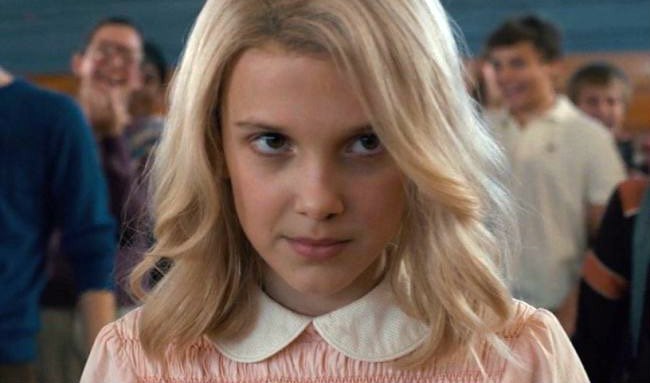Category: incidental writing
-
Containment vs Care
Against the Grain consistently offers incredible programming about social movements, history, books, ideas, and contemporary issues. They’ve been doing episodes on the politics of pandemics, including a number where they talked with experts who study pandemics and, latterly, people who more do analysis (like me). I was really happy to speak with Sasha Lilley last…
-
Survival will always be insufficient but it’s a good place to start
An updated version of this was published in The Arrow. Rereading Emily St. John Mandel’s novel Station Eleven last weekend was strangely reassuring. The book toggles between the onset of a global flu pandemic and the lives of people living twenty years later, and honestly I’m not sure I’d actually recommend reading it right now.…
-
Ethical polyamory, responsibility, and significant otherness
Some kind comrades have made a printable zine version of a chapter I wrote about from a textbook on the philosophy of sex & love. Below also is the text of this chapter. “A merging of two people is an impossibility, and where it seems to exist, it is a hemming-in, a mutual consent that…
-
Misogynist trans-hating: Neither radical nor feminist.
Some people want us to stop using the term “TERF” (“Trans-Exclusionary Radical Feminist”). I think there are indeed good options for replacing “TERF.” I suggest perhaps we should go with “Misogynist Trans-Hating Person” which we could shorten to “MTraHP” if we need to say it out loud. This solves a core problem in “TERF,” which…
-
Unclean eating for #settlervegans
I think of Brecht’s poem “To those who follow in our wake.” One stanza says: They tell me: eat and drink. Be glad to be among the haves! But how can I eat and drink When I take what I eat from the starving And those who thirst do not have my glass of water?…
-
Claiming Bad Kin
This is the first part of a talk I’m offering today at McMaster – access copy here. Many white people I know have been sparked to reflection in the wake of the “not guilty” verdicts in the Gerald Stanley and Raymond Cormier murder cases. Some have been moved to ask what it means to be…
-
A politics of imperfection, a politics of responsibility.
The kind folks over at the University of Minnesota Press blog posted this short piece, and I’m reproducing it here, too. Lately it seems like every day brings a new bad thing for anyone not invested in white supremacy and capitalism. As the tweet went: “First they came for the Latinos, Muslims, women, gays, poor…
-
#Viral
Last week, I participated in a conversation as part of the “undisciplinary” #(HASHTAG) series organized by the mighty team of Emilie Cameron, Danielle Dinovelli-Lang, Stacy Douglas, and Ummni Khan. These have been some of my favorite events at Carleton since they started a couple of years ago, since they always bring together an interesting set…
-

Femme identification & Stranger Things
spoilers for most of season 1. I read, and appreciated a lot of Shannon Keating’s points about femininity and Hollywood horror conventions over at Buzzfeed. Its central point is a critique of the trope in pop culture requiring unfeminine girls to be made over, feminized, and rendered desirable in order to be worthy of regard.…